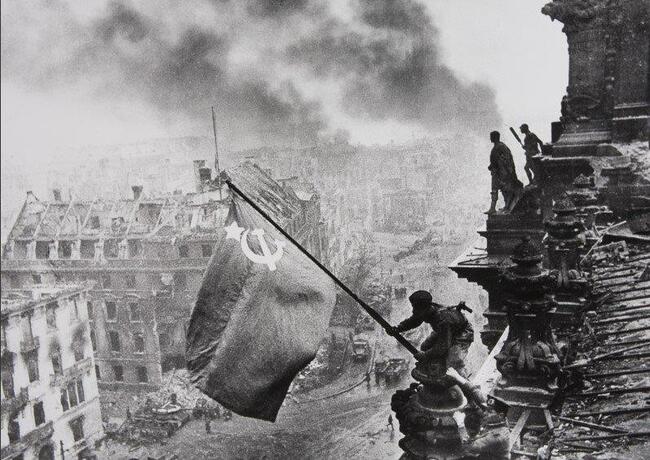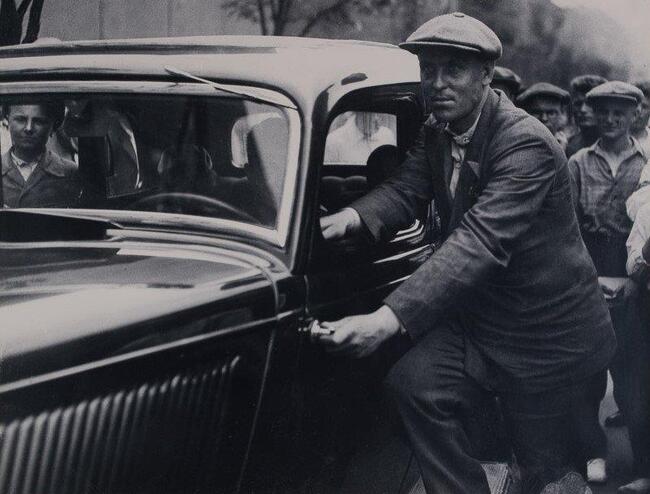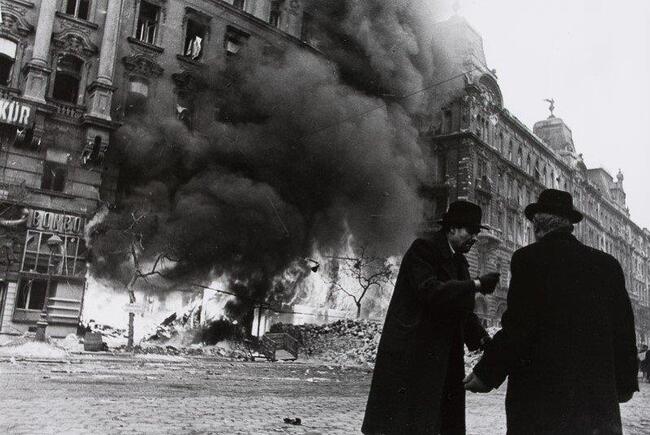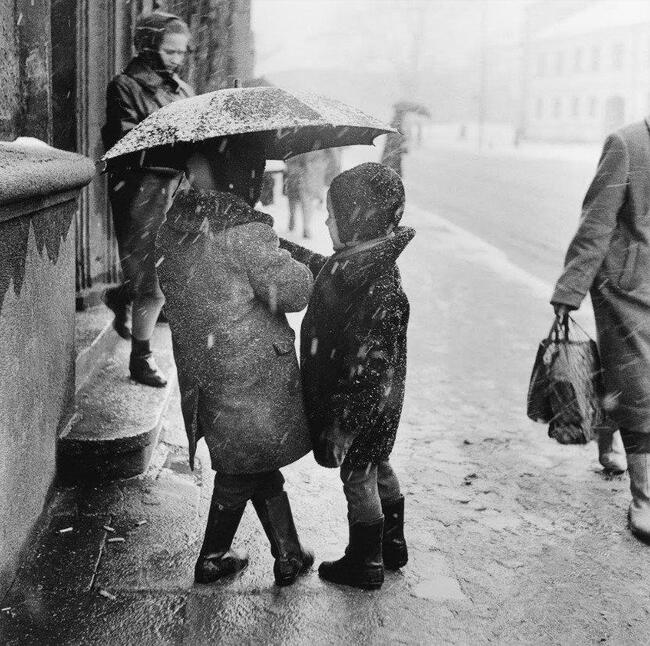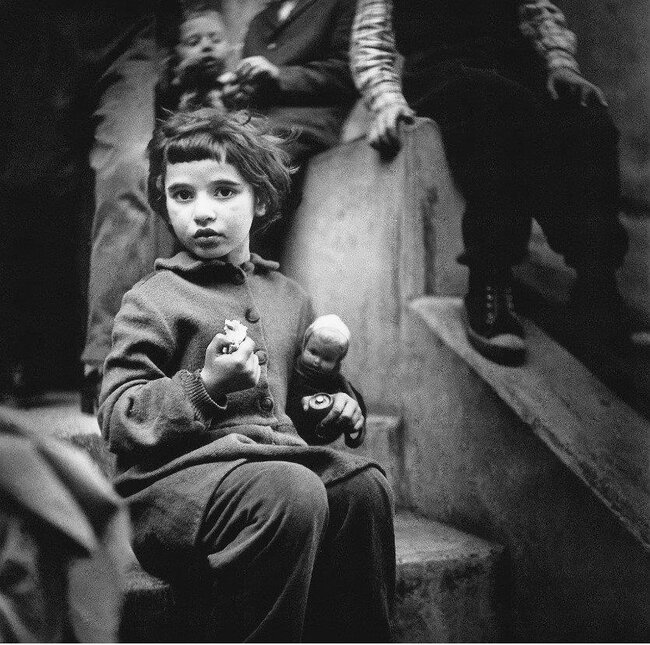Russian photographers, although less known than their Western counterparts, have left an indelible mark on the world of photography, showcasing their exceptional talent and unique artistic vision. Two prominent figures in this realm for me are Yevgeny Khaldei [1917-1997] and Antanas Sutkus [born in 1939], each contributing to the medium in distinctive ways. Yevgeny Khaldei’s (a Ukrainian by birth) work stands as a testament to the power of photography in shaping historical narratives and capturing pivotal moments in time. He is best known for his iconic photograph, “Raising the Hammer and Sickle over the Reichstag”, which has become one of the most celebrated images of World War II. Taken on May 2, 1945, during the Battle of Berlin, the photograph depicts a group of Soviet soldiers raising the Soviet flag on top of the Reichstag, symbolizing the triumph of the Red Army and the defeat of Nazi Germany. Beyond its significance, Khaldei’s photograph offers a glimpse into the world of photojournalism during wartime and the complexities of working under a regime that demanded propaganda and an absolute control over the narrative. As the chief photographer of the Soviet news agency TASS, Khaldei was required to capture images that documented events and that were used as propaganda means for the Soviet regime. “Raising the Hammer and Sickle over the Reichstag” was carefully staged by Khaldei to convey a sense of triumph and resilience. On the other end of the spectrum, Antanas Sutkus’s photography presents a different aspect of the medium. Sutkus, a Lithuanian photographer has managed to capture the essence of the human condition during the Soviet time. His images depict ordinary people in their everyday lives, reflecting the spirit of the time and providing a window into the soul of the Soviet and post-Soviet societies. Sutkus’s ability to establish a profound connection with his subjects enabled him to create images that evoke deep emotions and a sense of universality, making his work resonate with audiences beyond geographical and cultural boundaries. Sutkus represents a different era in the history of Russian photography, a time of transition and artistic liberation when photographers could explore a broader range of subjects and styles. The juxtaposition of Khaldei’s and Sutkus’s photography illustrates the diversity and complexity of Russian photographers’ contributions to the art form. Moreover, many more photographers have emerged since then, pushing the boundaries further and further, to fully bloom in the post-Soviet era to this day, emerging with new challenges, not yet resolved.
